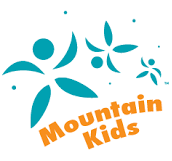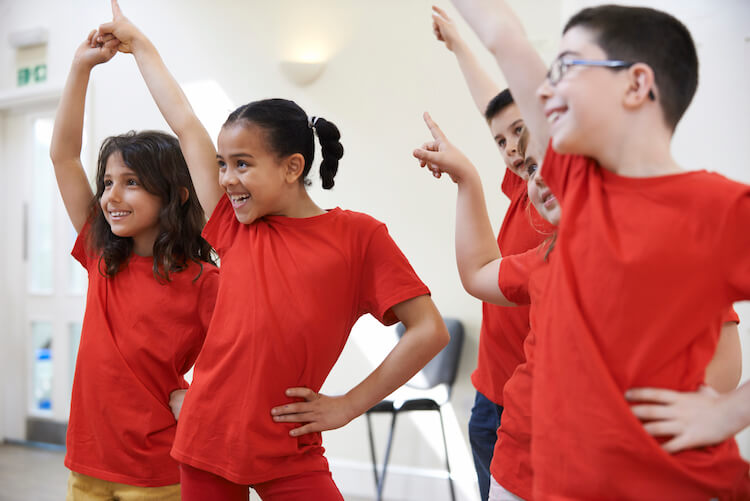Who doesn’t love to dance? There’s nothing like swaying and stomping to the beat of your favorite music. And if you’ve got young kids, chances are when you turn on their favorite song, they’re total naturals.
What is it about dance that so easily prompts movement and joy in all of us?
In her article “A Dancer’s Brain Develops in a Unique Way,” brain researcher Hanna Poikonen writes:
“In dance, the basic elements of humanity combine in a natural way. It combines creative act, fine-tuned movement and collaboration, much like playing music. The movement involves the whole body, like in sports.”
Dance has a magical combination of elements that helps us become more in tune with our emotions and how we express them. This makes us more likely to form healthy bonds with others through empathy, communication, and self-awareness.
Here are the top 3 ways in which dance aids in our emotional development.
1. Dance Builds Empathy
Poikonen states that when dancing together, two people’s brain waves become connected:
“Brain synchronization enables seamless cooperation, and is necessary for creating both harmonic music and movement. The ability to become attuned to another person’s brain frequency is essential for the function of any empathetic community.”
Regularly engaging in dance is shown to help build our ability to empathize and express emotion, two crucial aspects of creating a good connection with others.
Research has recently shown that people with dance experience are better at interpreting the emotions of others. Expressing our feelings through dance can make us more sensitive to when others are expressing themselves, too.
Now that multiple studies have come to the same conclusion, parents and educators are using it as a tool to help children build empathy early in life.
Dancing Classrooms, for example, is a program that brings the art of dance to underprivileged schools. After 20 classes and a regional showcase competition, 2/3rds of LA-area school principals reported an increase in acceptance amongst students.
Not only that, but 81% of the students themselves said they had more respect for their peers, too.
2. Dance Teaches Healthy Self-Expression
Part of the practice of mindfulness and emotional health is being aware of what you’re feeling, and expressing it in healthy ways.
What better way to exercise that ability than through dance? Dance can be used to express any mood: sadness, joy, anger, fear, and more. Think about the last time you saw a dance performance, and how you knew the emotions being portrayed without any direct dialogue.
The word “emotion” comes from the Latin word “emovere,” which means to move, move out, or move through.
Dance is fueled by emotion. It’s a process of feeling, and then moving through that feeling and thus sharing it with others.
Dance allows others to find genuine connection with how we’re feeling — whether they relate at that moment, or it reminds them of the moments when they shared that feeling themselves.
Learning how to express emotion carries benefits beyond the dance floor. We can learn to be vulnerable in healthy ways that aid in fulfilling social connection.
3. Dance Helps Fight Depression
When you’re feeling down, it may feel like dancing is the last thing you want to do. However, dance may be that final “oomph” to get you out of a funk.
Take DMT, or Dance and Movement Therapy, for example. DMT was developed as part of an art therapy intervention for mood disorders. Thanks to the positive results, it’s the only intervention recommended for some struggling with a mood disorder.
Not only does dance create a boost in mood-boosting chemicals like endorphins and serotonin, but it helps create a sense of community during times when people feel otherwise isolated.
Cognitive development plays a role in the emotional healing elements of dance as well. Focusing the body and mind on certain movements allows for temporary distraction from emotional pain and repetitive thought cycles, providing momentary solace and confidence building.
The joy of dancing goes far beyond the novelty of doing something different. It has a way of aligning body, heart and mind to create harmony within ourselves that affects ourselves and those around us.
It opens us up to connection, helps build confidence, and creates a physical routine to help us feel healthy inside and out.
What better way to contribute to the emotional health of your family than introducing them to the joys of dance?
It’s never too early or too late to build emotional development and have a little fun while you do it.
Mountain Contemporary Dance School offers classes for all ages in a variety of genres, so everyone’s different tastes can be met.

